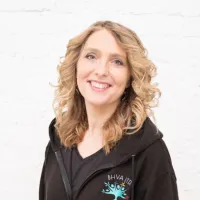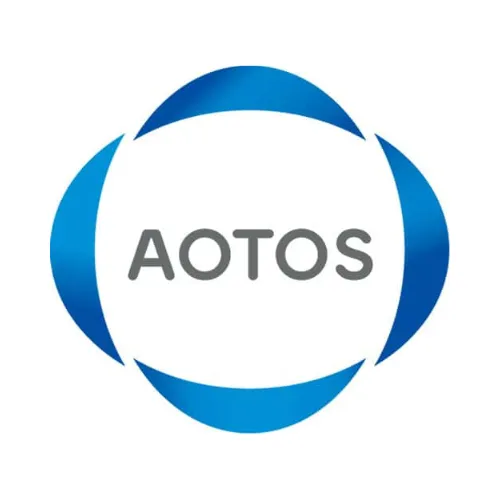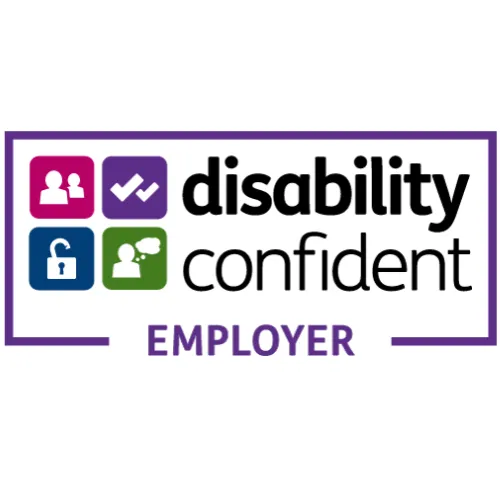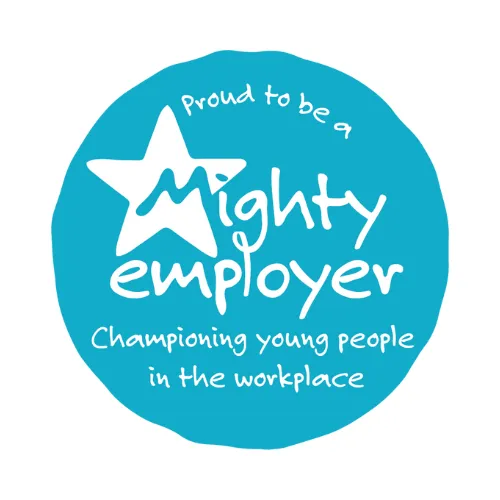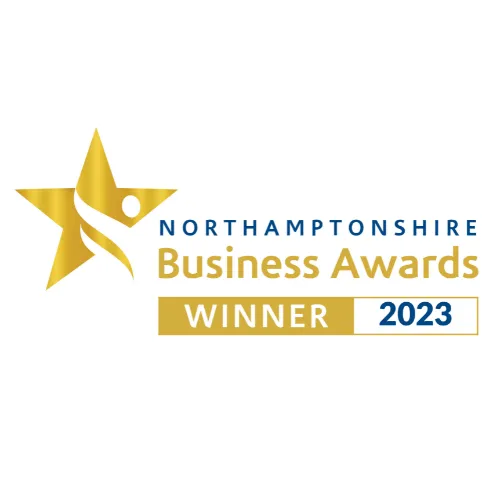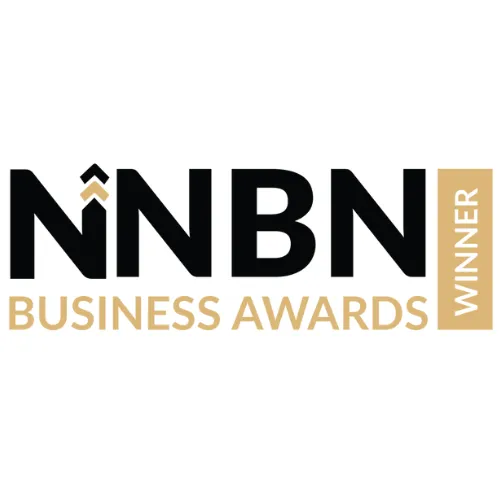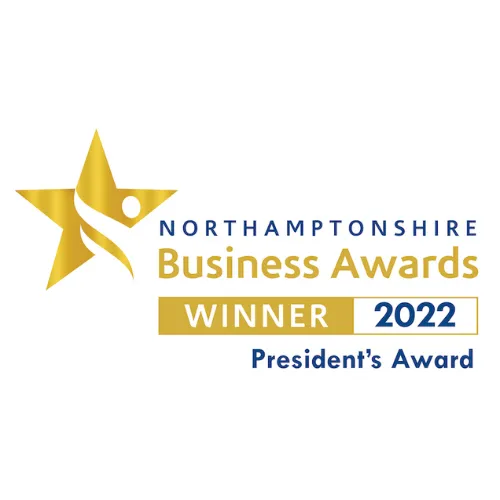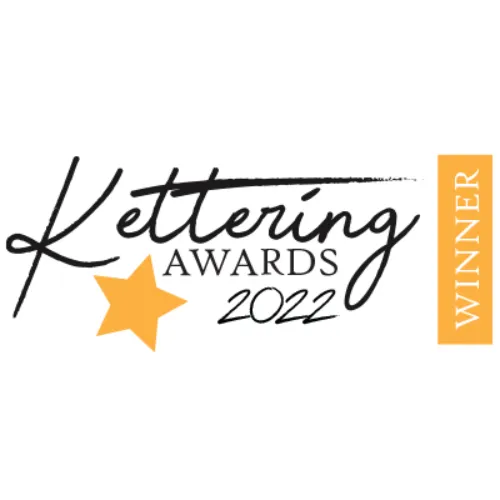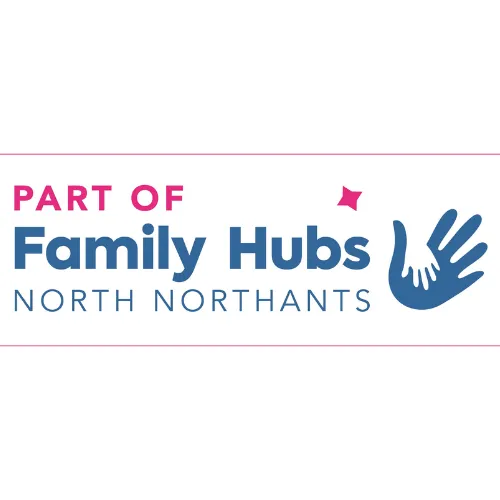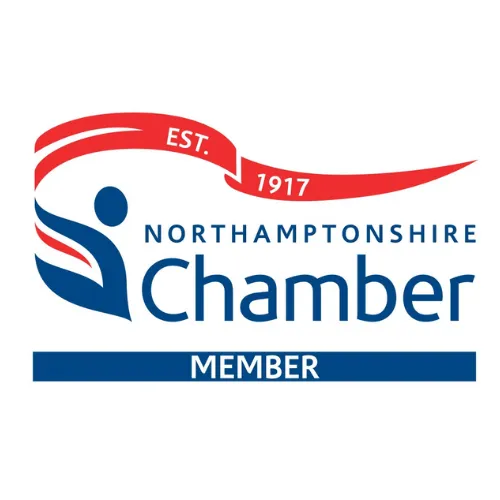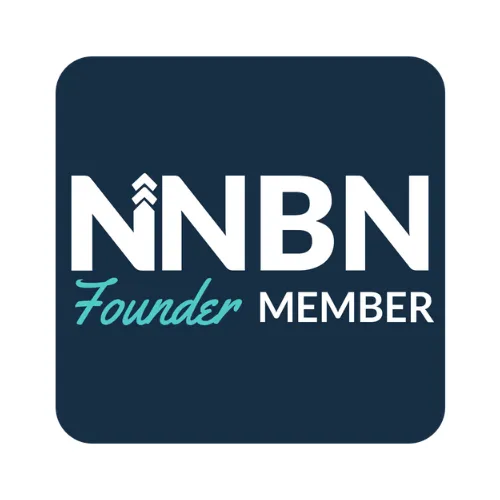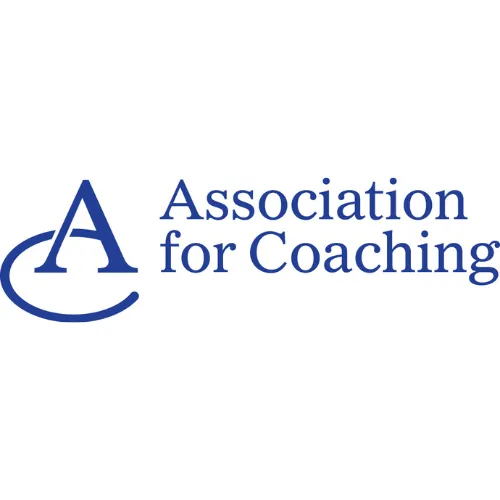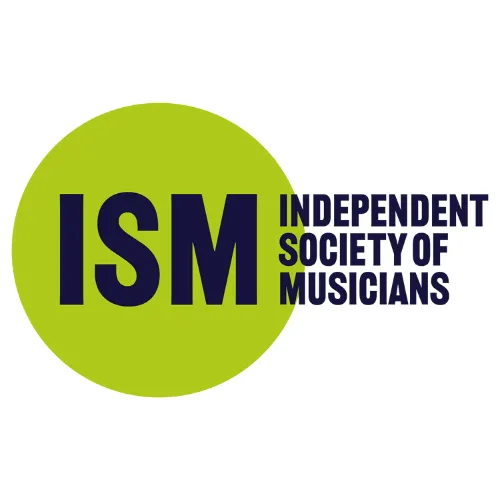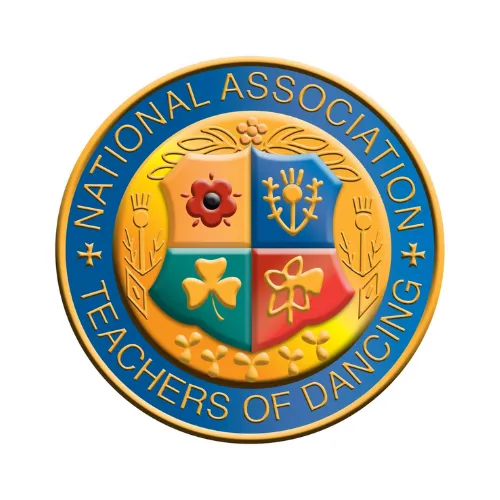Welcome to our Learning Hub
Empower Your Curiosity
Insights, Stories, and Tips for the Inquisitive Mind
Our Story and Mission
Our journey began in the vibrant world of creative arts, a path that has not only shaped us as artists but as leaders, educators, and advocates. Through the arts, we discovered powerful skills — creativity, communication, resilience — that transcend the studio and stage, enriching our lives in education, business, and community leadership. Inspired by our own transformation, we're dedicated to unlocking this potential in others. Our mission is to guide individuals in exploring their creative talents, developing their personal and professional skills, and empowering them to lead and inspire in all aspects of their lives.
Our ethos is simple – everyone has a story to tell, a song to sing, or a dance to share. We believe in the transformative power of the arts to enrich lives and communities. By making arts accessible to all, we aim to foster confidence, creativity, and a sense of belonging.
So, dive in! Explore, learn, and let us know if there's something specific you're curious about. We're here to help, one post at a time.
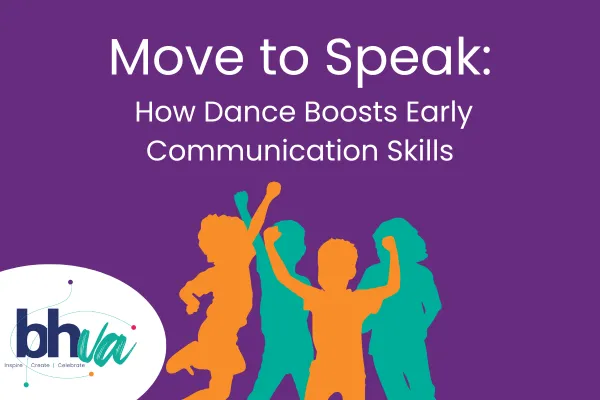
Move to Speak
Surprising ways movement and rhythm can support speech and language development in preschoolers.
Movement and communication are more connected than you might think. For preschoolers, dance isn’t just about having fun - it’s about developing motor skills, building social confidence, and even improving their speech. Let’s explore how dance can support your child’s development and give you simple, fun ideas to try at home.
Motor-Skill Development
How does dance improve motor skills, and why are these skills so important for early childhood communication?

Preschoolers are still figuring out how to move their arms, legs, and bodies in sync. Dance builds these motor skills through playful, repetitive movement. These skills are the foundation for tasks like forming sounds, controlling breath, and using gestures - all essential for communicating.
What are some specific ways dance activities help preschoolers with their coordination and movement?
Activities like hopping to a rhythm, balancing on one foot, or mirroring a partner’s actions help children refine body awareness and coordination. Reaching to “catch stars” or moving like their favourite animal encourages creativity while building motor control.
Cognitive Connection
What’s the science behind movement aiding in brain development?
How does dance stimulate areas of the brain linked to speech and language?

When children move, their brains light up! Physical activity strengthens neural connections, especially between motor and auditory regions of the brain. These areas are closely tied to language development, making movement-based activities like dance a powerful tool for speech support.
Can regular movement-based activities actually speed up language acquisition in young children?
Yes! Dance blends rhythm, repetition, and movement, reinforcing language skills naturally. Research shows children learn and retain new words better when they engage physically while learning.
Social Interaction
How does dance encourage social confidence in children?
Dance is inherently social. Whether it’s taking turns leading a move or dancing in a circle, kids learn to work together and communicate without words. Over time, this builds confidence in expressing themselves in group settings - verbally and physically.
What’s the link between teamwork in dance and better communication skills?

Teamwork in dance, like creating group movements or copying a leader, teaches children to interpret and respond to cues from others. This skill directly improves listening and communication abilities.
Storytelling Through Dance
Dance is often called a form of storytelling. How can movement help kids express themselves when they don’t yet have the words?

When words are hard to find, movement becomes their language. For example, a child might “jump for joy” or “stomp out frustration.” These physical expressions help them process emotions and communicate their needs.
Do you have examples of children using dance to share their emotions or ideas?
Absolutely! A child might flap their arms like a bird to show happiness or sway slowly to reflect sadness. These movements can evolve into narratives, enriching both emotional and verbal expression.
The Science of Rhythm
How does rhythm in dance and music influence a child’s speech patterns or ability to process language?

Rhythm acts like a metronome for the brain. Activities like clapping, stomping, or dancing to a beat help children recognise patterns in sound, which supports sentence formation and language processing.
Is there a way for parents to integrate rhythmic activities at home to boost communication skills?
Yes! Try clapping games, singing nursery rhymes with actions, or dancing to music with a strong beat. These simple activities are fun and highly effective for speech development.
Practical Advice
Choose programs that prioritise creativity and play over technique. Look for classes that include storytelling, props, and a mix of free and guided movement to keep your child engaged.
How can parents/carers encourage movement and dance at home in ways that are both fun and educational?
Turn everyday moments into opportunities for movement! Have a dance party in the living room, use scarves to make shapes in the air, or act out favourite storybooks through dance. The key is to make it light-hearted and fun.
Ready to Help Your Preschooler Move to Speak?
If you’d like to bring dance into your setting or learn more about how it can support communication and development, we’re here to help! Our preschool dance programs combine movement, rhythm, and storytelling to encourage growth in speech and confidence.
👉 Contact us to learn how we can set this up for you or your organisation.
Let’s get those little feet moving - and their voices growing!
Sign Up to BHVA Insights
Catch the latest on events, offers, and fresh ideas.
All delivered to your inbox every fortnight.
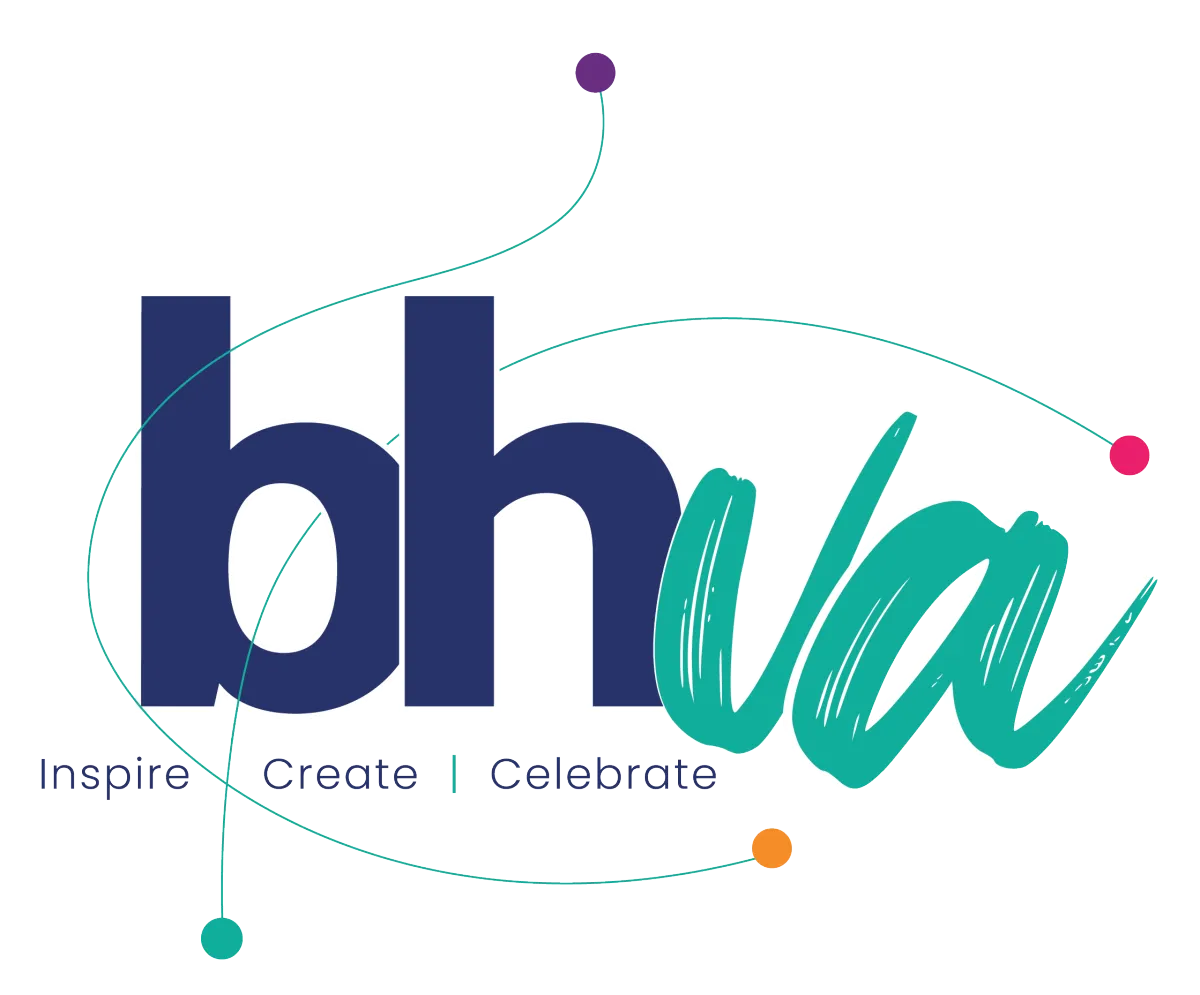
Beccy Hurrell Voice & Arts Limited is registered in England. Company No: 13263202. Registered office: 10 Kirby Street, Kettering, NN15 5GR
